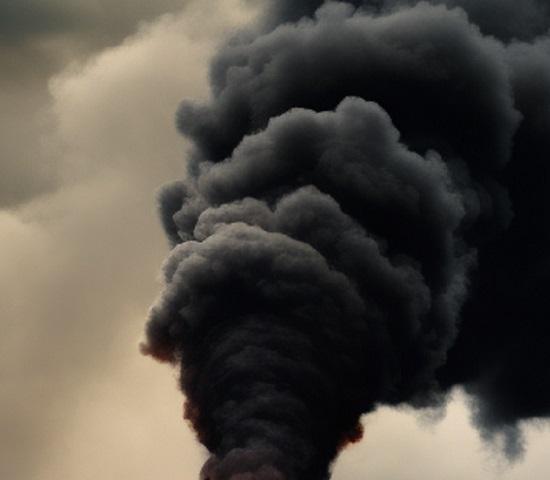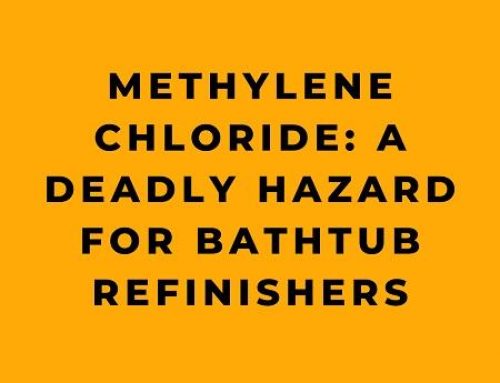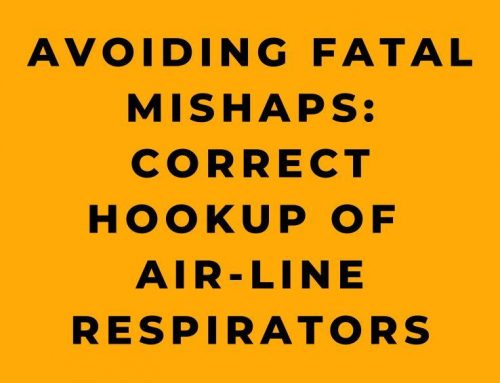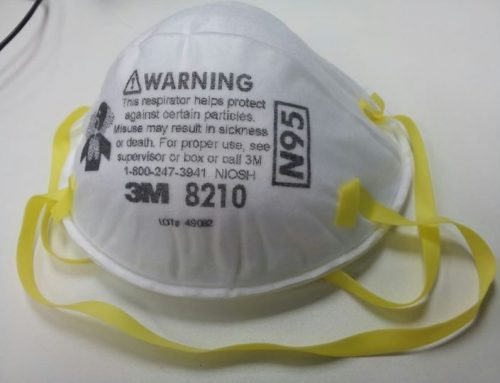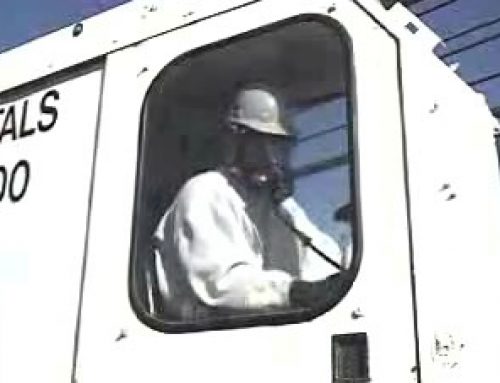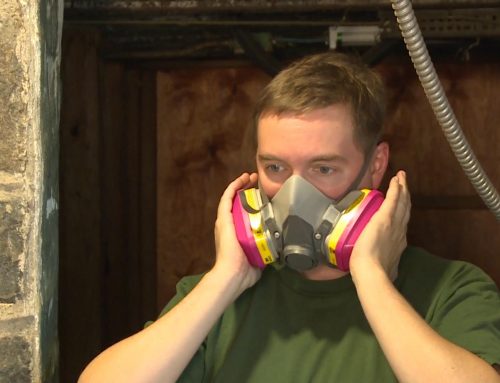Diesel engines power a wide range of vehicles and equipment used across many industries. However, the exhaust produced from these engines contains gases and fine particles that pose a health risk to workers. This article explores the occupational health hazards of diesel exhaust and diesel particulate matter (DPM).
What is Diesel Exhaust and Diesel Particulate Matter?
Diesel exhaust (DE) refers to the mixture of gases and particles emitted from diesel engines. The visible emissions in diesel exhaust are known as DPM or diesel soot. DPM consists primarily of fine carbon particles, ash, metallic abrasion particles from engine wear, sulfates, and silicates. At the core, diesel soot particles contain elemental carbon with other substances like organic carbon compounds attached to the surface.
Exposures in the Workplace
Many workers can get exposed to DE and DPM as diesel engines are ubiquitous. Some examples of higher risk occupations include:
- Miners
- Construction workers
- Heavy equipment operators
- Bridge, tunnel, railroad, oil/gas, dock workers
- Truck drivers
- Material movers
- Farmworkers
- Bus, truck, and automobile mechanics
Diesel engines power heavy machinery in mines, construction sites, farms, and other settings. Trucks, buses, trains, ships and more also predominantly rely on diesel. So workers in close proximity to operating diesel vehicles and equipment have greater exposure risks.
Health Effects
Short-term exposure to high DE/DPM levels can irritate the eyes, nose, throat and lungs, causing coughing, wheezing, headaches, dizziness, nausea and breathing difficulties. Long-term occupational exposure increases the risk of lung cancer as well as cardiovascular and cardiopulmonary disease. In 2012, the WHO classified DE as a Group 1 carcinogen, meaning sufficient evidence exists showing the connection between diesel exhaust inhalation and lung cancer.
Exposure Monitoring and Controls
The most reliable way to protect workers is through a layered approach, utilizing engineering controls, administrative controls, and personal protective equipment.
Engineering controls involve modifying the source to reduce emissions. This can mean performing routine maintenance on diesel machinery, installing exhaust filters and cleaner engines, improving ventilation, using cleaner fuels or fuel additives, enclosing operator cabs, and more.
Administrative controls refer to changing work practices and policies to minimize exposures. Examples include restricting vehicle idling, designating areas off-limits for diesel use, transitioning to alternate power sources, limiting equipment use and traffic congestion, and prohibiting rotation of workers to comply with exposure limits.
Personal protective equipment like respirators and protective clothing add another layer of defense against diesel particles.
Regulatory Protections
In the U.S., the Mine Safety and Health Administration (MSHA) regulates diesel emissions in underground mines while the Occupational Safety and Health Administration (OSHA) covers most other workplaces. MSHA enforces permissible exposure limits and requirements around monitoring, respirators, maintenance, training, and recordkeeping. Though no federal OSHA limit exists currently, there are standards for components of DE like carbon monoxide. Workers should consult safety data sheets, adhere to company exposure guidelines, and coordinate with occupational health and safety staff to protect themselves.
The Road Ahead
Though tighter emissions regulations, improved engine technologies, and stronger workplace controls now help mitigate risks, diesel exhaust remains an enduring occupational health challenge. Staying informed on the hazards and advocating for advanced protections is paramount. At the same time, supporting broader adoption of alternate fuels and electrification can pave the way to eventually phasing out diesel from worksites altogether.


